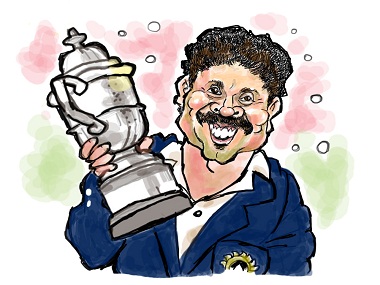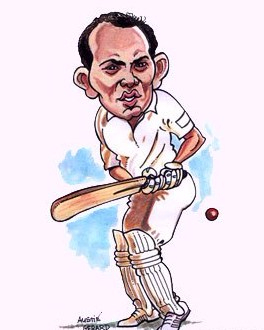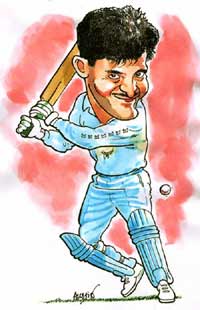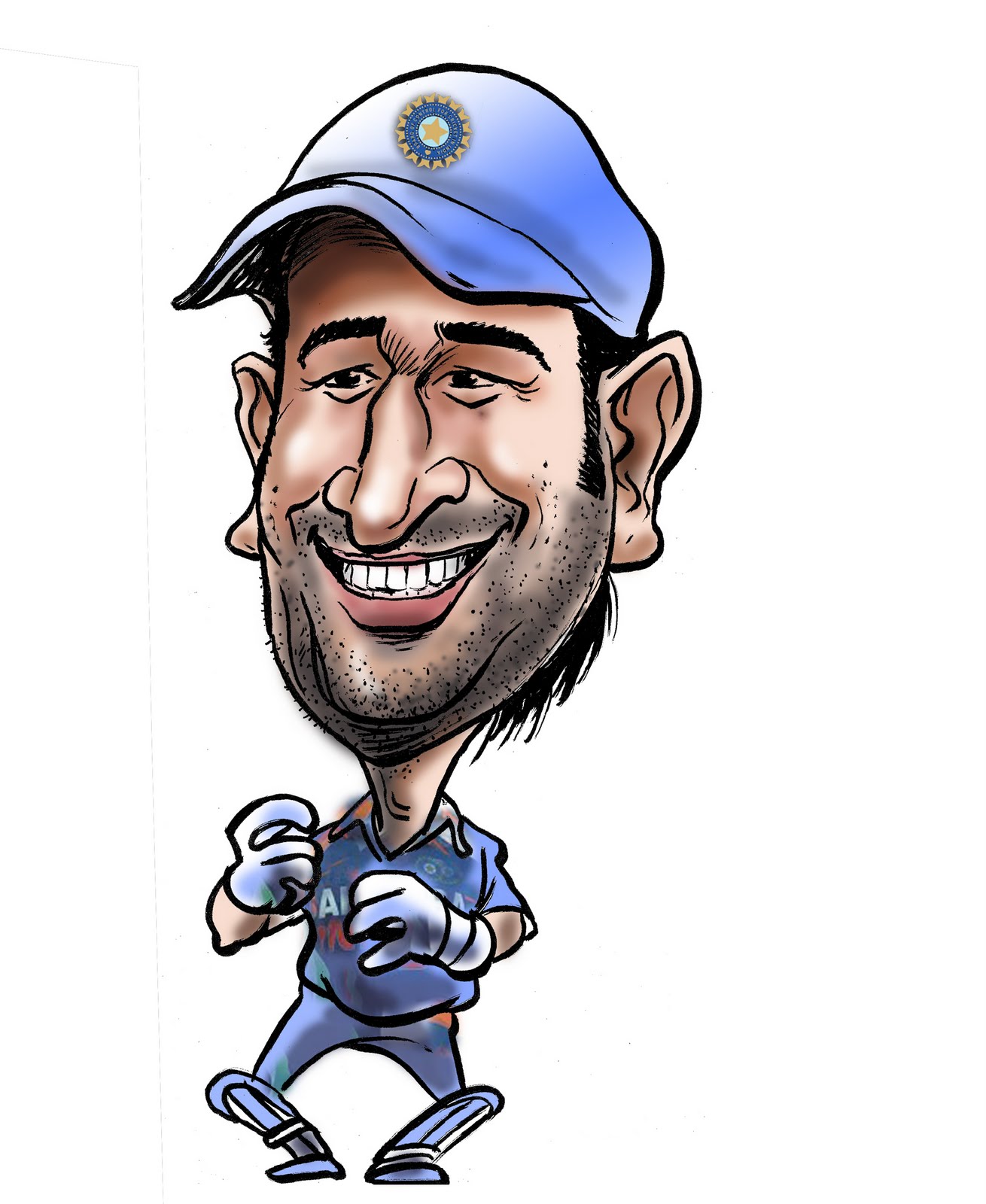Understanding the Alpha

CHANGE IS THE ONLY CONSTANT; so the adage goes. However, is EVERYTHING MUST CHANGE necessarily the sequitur? Is it always the case with ALPHAs or is that just a convenient stereotype?
I was watching a wildlife documentary recently and the parallels between corporate and jungle were drawing themselves out. I also remembered reading an article that mentioned that alphas make up to 70% of all senior executives.
While the concept largely drawn from primates and wolf packs, is based on the behaviour of the males of the species, we shall, for the purpose of this post remain gender agnostic.
Given the statistic quoted above, I have seen several people who would fit the ALPHA bill in my two decade plus experience. Some have been bosses, some peers and yet others subordinate as far as the hierarchical structure is concerned. Continuing the inherent sexual overtone to ALPHA behaviour, my observations are as much based on the dominatrices as they are on the dominators.
There fundamentally are two types of ALPHAs
Category A – The Bully
The minority that drives the stereotype. This category of ALPHAs is more about the self and hence the traits that they manifest are not necessarily all positive.
The belief system of The Bully is founded on the thoughts below:
- Power Demands (brazen) Display
Demonstrated power is a cornerstone for the bully. It can range from bravado to violence. The bully revels in a blood-bath and often relies on upheaval to signal change.
- Zero Sum Game
If there’s a winner there HAS to be a loser. It is not sufficient for the bully to succeed. The bully often relies on painting someone or something as the loser. The bully needs (sometimes shall create) the binary for credibility.
- Spoils Only to the Victors
The binary is extended to apportioning of the resources. The Bully shares the rewards with a select few creating a visible divide between the haves and the have nots.
- Citadels Are Built on Ruins
This is an unfortunate hallmark of The Bully. They believe that for the new order to come into existence the old order has to be erased. The Bully invariably dismantles the old without thought or consideration.
- Coteries and Sycophants
What usually starts-off with attraction to personal charisma of the ALPHA is gradually replaced by privileges. The loyalty of course, is continuously diminishing. Since a coterie of sycophants is encouraged over counsel, it invariably leads to the downfall of The Bully.
Category B – The Genuine Leader
Fortunately, the majority. They are the ones who manifest the positive aspects. They are confident and usually in control – both of the situation and their self. They win the trust of the tribe by solving problems. They are judicious in their use of consensus building and taking unilateral decisions.
The ethos of Leaders revolves around:
- Exemplary Courage
The Genuine Leader has a positive attitude with a bias for action. They would rather fail trying than not attempting. They are impatient but only with inaction. Success and failure, therefore, are mere outcomes.
- Handling Change
The Leader is driven by a vision. Able to deal with ambiguity, a good leader builds a bridge over the troubled waters by breaking it down into simpler steps for the tribe. Change if external, is not feared. If internal, has purpose.
- Equitable
A genuine leader is able to rise above personal likes or dislikes. They have a utilitarian view of their team and therefore is able to task and reward without playing favourites.
- Trust Built Authentically
The Leader delivers on his commitments. Failures if, where, and when are addressed instead of passing blame, being brushed aside or given justifications for.
- Line of Succession
Leaders plan. They can visualize a world without themselves in it. Succession, for the genuine leaders is not as much about continuity of stake as it is about sustaining growth. A good leader is unafraid of naming a successor.
From an anthropological perspective, whether it is corporate life or life in general, it is important to understand the ALPHA.
So, which kind of ALPHA do you see when you look around in your organization?
Or
Are you the ALPHA that others are seeing? If so, which kind?
Aye Aye, Captain! Lessons in Leadership from Indian Cricket
 We are a cricket crazy nation or at least have been one ever since I can remember.
We are a cricket crazy nation or at least have been one ever since I can remember.My love for watching cricket catapulted into a new orbit one summer day in June 1983 when India won the Cricket World Cup or the Prudential Cup as it was called.
It’s been a long journey since then with India reaching the top spot in Test Rankings, winning the T20 World Cup and then the ODI World Cup again in 2011. There was of course more glory along the way in the form of victories at other prestigious international tournaments.
As crazy as we are for the sport, we are crazier when it comes to the players often elevating them to cult even “god” status.
Gavaskar, Kapil Dev, Tendulkar, Dhoni and now Virat their popularity has been or even is unprecedented. Nowhere in the world do players receive greater adulation than in India.
Often the stars are the game! While individuals can give superlative performances that determine outcomes or have their moment in the sun by setting records – the fact is that Cricket is a team sport.
It is good teams that win and the truly great teams are one that win consistently. That said, teams are what their leaders make them believe they are.
Belief, confidence, that’s what leaders instill. Great leaders are not necessarily the best at what they do but more often than not they are the most consistent at it.
There have been many good captains in the history of Indian cricket. Each having contributed to what Indian cricket is today. But there are 5 that stand out in my mind as the greatest captains to have led India. They are:

Kapil Dev – The captain who taught India that they could indeed win!
Most anecdotes around the 1983 World Cup win are around how the Indian team in general did not believe that they would last beyond the initial stages – save Kapil Dev. The Haryana Hurricane not really a great communicator kept pushing his players into believing that they could indeed win by his performance on the field. His knock against Zimbabwe baptised the entire dressing room in a span of a few hours.

Azharuddin – The captain who taught India that they could win again and again!
The controversy surrounding him apart. The charm of watching Mohd. Azharuddin on the field whether while batting or fielding is undeniable. Just like he could flick most any ball from off, middle or leg towards the leg-side or take catch after catch, he taught India that they could win time and again. The 14 test victories and 90 ODI victories under Azhar proved that the wins that started post World Cup 1983 were not just a purple patch!
 Ganguly – The captain who taught India that they could win against anyone, anywhere!
Ganguly – The captain who taught India that they could win against anyone, anywhere!Not only did Ganguly go on to better win-loss-draws record once he took over as captain the wins under him were against almost all the best teams. This puts him in a different league. He led India to test and even series wins against mighty Australians, South Africans and the English at home and away! Till then the perception (some would argue it still is) about India was that they were tigers that roared only in their own den. Under Ganguly India actually won more tests abroad than they won at home!

M.S.Dhoni – The captain who taught India that they could win against anyone, anywhere and from any situation!
Dhoni is arguably the most impactful captain that India has had thus far. One may say that Dhoni’s impact as captain was largely in the shorter (later shortest) formats of the game. However, it cannot be denied that it was under his captaincy in 2009 that India ascended to the top of the ICC test rankings. Yes the ranking system itself came about in 2001 but it still was dominated by the likes of Australia and South Africa. Dhoni essentially converted the Indian unit into a machine sans emotions. Going about business regardless of the situation and with the ability to crank it up a few notches. Games are essentially won and lost owing to brief passages of play where the initiative is up for grabs. Dhoni had a knack or the ability to identify these passages and wresting the iniative from the opposition. Yes under Dhoni the away performance did dip but the context and concept of winning changed.
 Finally, Virat Kohli – The captain who is teaching India that they can win against anyone, anywhere, from any situation again and again.
Finally, Virat Kohli – The captain who is teaching India that they can win against anyone, anywhere, from any situation again and again.The story of Virat’s captaincy and that of India under him is still unfolding. As I write this piece India has just won nine consecutive test series and prior to this seven odd series wins when the won the series against New Zealand. It’s not been often that a star, a captain and his team have been this scorching hot. Kohli with his own no compromises leadership style is writing history the only way he knows – his way!
Five leaders across five generations each giving something that on hindsight dove-tailed into the next great transformation that India made as a cricketing nation.
Lessons perhaps for leaders of nations and corporate world alike.
- Belief is the prime ingredient for success. Those who do not see themselves winning or succeeding often never do!
- Confidence stems from the conviction of one’s abilities. Great leaders are invariably great judges of strengths (their own, their team and the competition) and play to them while denying the opposition theirs.
- Success is a journey and not a destination. Great leaders know this and always protect the foundation, continuously improving/strengthening it.
- Building on something yields far better results than starting things from scratch. Great leaders never let ego get in the way of recognising the good done by their predecessors.
